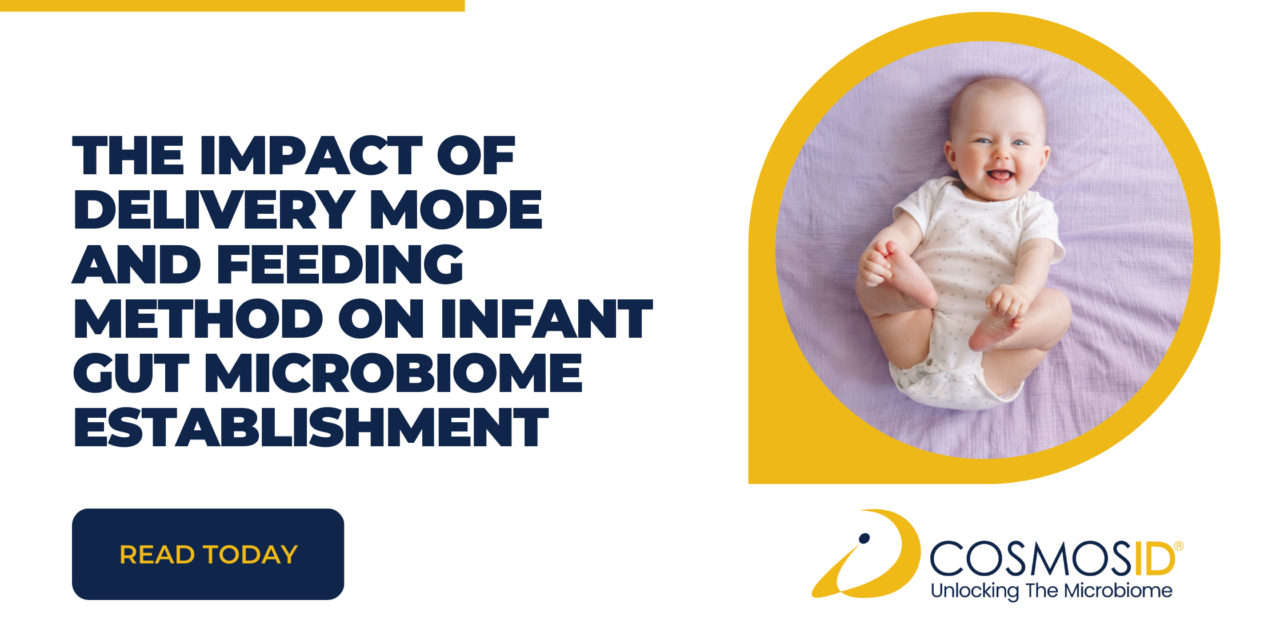Glyphosate-based herbicides have been extensively used in agriculture, mainly due to the prevalence of genetically modified, glyphosate-resistant food crops. However, the widespread use of glyphosate has led to its detection and prevalence in water, soils, food crops, and even human urine, raising flags about its potential effects on human health. Recent studies have linked...




